Apologies. I know what I want to do, but am not sure what it is called and so haven't been able to search for it.
I am chasing down some anomalies in data (two reports which should add to the same total based on about 50K readings differ slightly). I therefore want to generate some random data which is the same "shape" as the data in question in order to determine whether this might be down to rounding error.
Is there a way of analysing the existing 50K or so numbers and then generating random numbers which would look pretty much the same shape on a histogram? My presumption is that numpy is probably the best tool for this, but I am open to advice.
